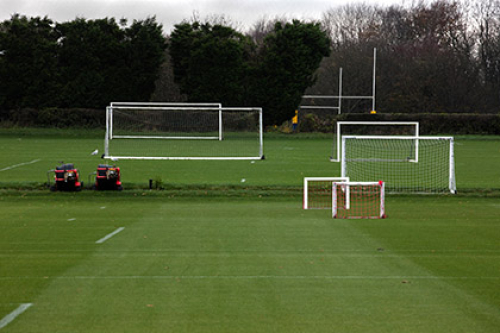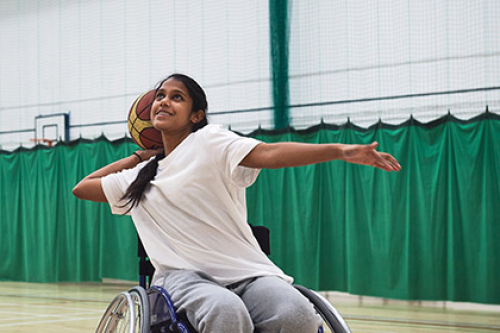Following the government’s further detailing of how they intend to invest £2 billion into active travel, we're looking forward to influencing what happens next.
The investment was first announced in May, but yesterday saw them give more details on their long-term manifesto for cycling and walking.
It will have a key focus on safety by improving cycling lanes and offering more training to help both cyclists and pedestrians feel safer, so that they’re more likely to choose active forms of travel for both leisure, fitness and commuting.

The investment will also see bikes made available through the NHS, with GPs prescribing cycling to people in poor health and making bikes available at local surgeries, including e-bikes.
The announcement comes after we released figures last week showing cycling and walking to be two of the activities people are intending to do more of as lockdown is lifted.
And our executive director with responsibility for active travel, Charles Johnston, has welcomed the manifesto and its ambitions to transform the nation’s cycling and walking infrastructure and improve access to bikes.
“Our research shows that walking and cycling were consistently two of the most popular ways to keep active over the past several months and post-lockdown 53% more people intend on walking and 19% are keen to cycle more,” he said.
“The time is right for us to focus on making cycling and walking safer and accessible as we move out of lockdown to help people establish long-term healthy habits.
“Walking and cycling are simple methods of transport, yet their benefits are huge and wide-ranging when it comes to physical and mental health, reducing congestion and transport emissions and increasing air quality, to name just a few.
“This manifesto will see a wide range of organisations and agencies – from GPs to local authorities and town planners – all play a part in making cycling and walking an easy choice and we will be working at the heart of plans to bring in a new era of active travel.
“We welcome both the announcement of further funding provision for cycling and walking and the opportunity to play a key role in working with the body that will work to develop infrastructure standards.
“We intend to continue developing our Active Design guidance – a combination of principles that look at how we design and build our towns and cities to create active environments – while focusing on helping those who are less likely to be active, including women, some ethnic minorities and lower socio-economic groups.”



